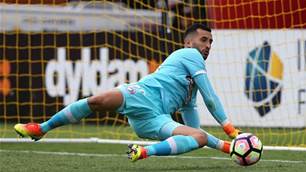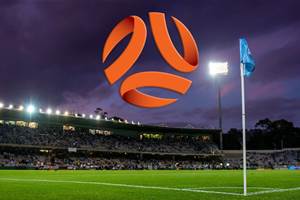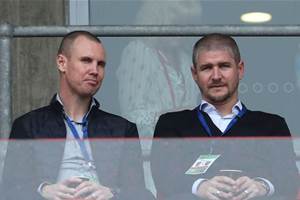As the A-League's clubs and players fracture, FFA and NPL clubs have never seemed more united as Australia moves towards a national second tier.
While Australian football's middle parties grow further apart, the top and bottom ends of its spectrum are slowly drifting together.
The decision of the players' union to reject the A-League clubs' new CBA negotiations was a massive blow for the A-League clubs association (APFCA).
The clubs had been hoping to start their new independence movement on a high, proving that they could operate without a governing body, instead they now fractured with their most important asset and reliant on greater mediation.
But with FFA always hovering above the negotiations, ready to step in if an agreement could not be reached, it was unlikely the PFA were going to accept a disagreeable deal without taking talks to the final possible phase.
However, these ongoing negotiations are occurring while FFA simultaneously forms stronger bridges with Australian football's old guard, the NPL and former NSL clubs under the association AAFC, that have felt disenfranchised by the FFA for the A-League's entire history.
It's clear from the AAFC's language that their distaste for FFA's former leadership is a long way from their optimism surrounding the present governing body's makeup.
“James has stated since day one that he is a strong supporter of forming a NSD, so we have no concern regarding the FFA’s willingness," AAFC chairman, Nick Galatas, said recently.
“We also now have a Board and senior management group at FFA who are more football-savvy and want to see a NSD succeed. That’s in sharp contrast to the immediate view when we launched our initial discussion paper almost three years ago.”
FFA CEO James Johnson appears to have become the catalyst for this change in mindset, and while he still insists that FFA will have any final say over a second division's structure, he is happy to allow the NPL clubs' new association, the AAFC, to take the lead in devising and designing its blueprint.
"From the FFA’s perspective, it’s not a question of if there will be a second-tier competition, but a question of when and how," Johnson told the Sydney Morning Herald.
"It is important that we move the discussion from the conceptual level to a practical level but we do so collaboratively and in unison.
"This would include, for example, the consideration of proposals for a national second-tier competition in the context of our current circumstances, the strategic objectives of the XI Principles and practical financial modelling at both competition administrator, and club level.
"We encourage the AAFC to work collaboratively with FFA who, ultimately, will need to sanction any such competition and its composition."
FFA originally intended to take a leading role in devising the second-tier, with Johnson recently outlining different strategies including a Brazilian style conference system as among the candidates.
But with the governing body's hands full throughout a financial disaster, the crisis has turned into an opportunity for the second-tier clubs to assert themselves and control their own direction.
Likewise, Johnson's shift towards gentle, hands-off encouragement appears to be working, as the NPL clubs have already formed a 30-team 'Championship' group (with more set to join) and secured original funding for a professional financial and logistical modelling phase.
"This isn’t about the AAFC going off and forming the division by ourselves," Galatas insisted, "but as we anticipate the division will comprise mainly of member clubs, we are working to assist the FFA by providing insight and recommendations."
There is always room for pessimism when discussing timelines, as FTBL has previously reported the AAFC's aims for a second-tier by 2019, 2020, 2021 and now 2022.
Right now, Australian football is seeing firsthand what greater independence for clubs can actually look like and the problems it entails.
But that doesn't take away from the fact that a national second tier now has a title, association, clubs, funding, prospective modelling and governing body support, a far more rapid development then we could have seen under anything else but independence.
The Championship's tagline 'Football as we know it' may have been a dig at the A-League's history. But in Johnson, Australian football now appears to have a leader that can roll with the punches.
Related Articles

Socceroo-in-waiting seals Championship deal

Fringe Socceroo swerves A-League to remain in Europe after Fulham exit

















